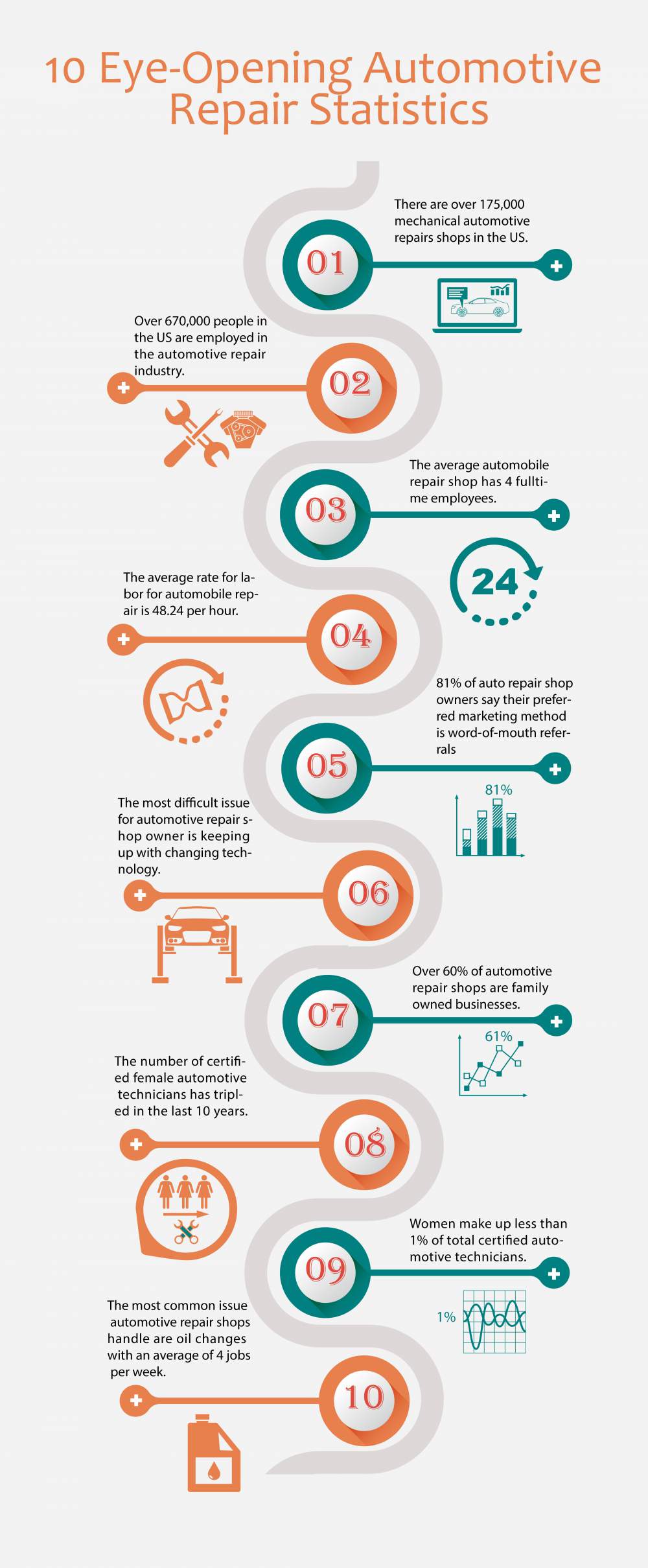Translating Your Automobile'S Caution Indicators: What They Genuinely Indicate
Translating Your Automobile'S Caution Indicators: What They Genuinely Indicate
Blog Article
Content Created By-Samuelsen Dalgaard
When you lag the wheel, those beautiful warning lights on your control panel can be a little bit puzzling. Do you recognize what they're trying to inform you concerning your vehicle's health and wellness? Understanding the importance of these lights is essential for your security and the long life of your car. So, the next time one of those lights appears, wouldn't you intend to analyze its message accurately and take the needed steps to resolve it?
Common Caution Lights and Interpretations
Identify usual caution lights in your automobile and comprehend their definitions to make sure risk-free driving.
The most regular caution lights consist of the check engine light, which signals problems with the engine or exhausts system. If this light comes on, it's essential to have your car checked immediately.
The oil stress advising light indicates low oil stress, requiring prompt focus to stop engine damages.
A flashing battery light may recommend a defective billing system, potentially leaving you stranded otherwise attended to.
The tire pressure monitoring system (TPMS) light notifies you to reduced tire stress, influencing car stability and gas effectiveness. Ignoring this can lead to unsafe driving problems.
The abdominal light indicates a trouble with the anti-lock braking system, compromising your ability to stop swiftly in emergency situations.
Lastly, the coolant temperature cautioning light warns of engine getting too hot, which can cause severe damages if not fixed quickly.
Comprehending these typical warning lights will certainly aid you attend to problems promptly and preserve safe driving problems.
Value of Prompt Interest
Recognizing the common warning lights in your vehicle is only the primary step; the value of immediately resolving these cautions can't be highlighted enough to guarantee your security when driving.
When a warning light illuminates on your control panel, it's your car's means of interacting a possible problem that needs attention. Overlooking these cautions can cause much more serious issues later on, jeopardizing your safety and security and possibly costing you more out of commission.
Trigger attention to cautioning lights can prevent failures and accidents. For instance, a blinking check engine light could suggest a misfire that, if left neglected, might cause damage to the catalytic converter. Resolving this promptly can save you from a pricey repair work.
Similarly, a brake system warning light may indicate reduced brake fluid or used brake pads, important elements for your safety when driving.
DIY Troubleshooting Tips
If you discover a warning light on your control panel, there are a couple of do it yourself troubleshooting tips you can attempt before seeking expert help.
The primary step is to consult your vehicle's manual to recognize what the certain warning light indicates. Sometimes the concern can be as straightforward as a loose gas cap activating the check engine light. Tightening up the gas cap might resolve the problem.
Another usual concern is a reduced battery, which can trigger different cautioning lights. Checking the battery links for rust and ensuring they're protected might repair the problem.
If a warning light persists, you can try resetting it by detaching the auto's battery for a couple of minutes and after that reconnecting it. Additionally, examining your car's fluid degrees, such as oil, coolant, and brake fluid, can assist fix advising lights connected to these systems.
read this post here , recognizing your vehicle's caution lights is essential for keeping your automobile running smoothly and safely. By quickly resolving these alerts and understanding what they indicate, you can stay clear of pricey repair work and possible break downs.
Bear in mind to consult your cars and truck's guidebook for certain details on each cautioning light and take action appropriately to ensure a trouble-free driving experience.
Remain informed, remain browse around this site when driving!
